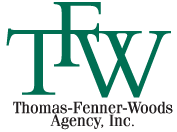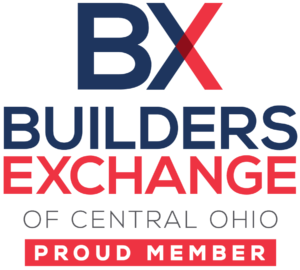Small construction businesses require several of the same types of insurance coverage that larger businesses need. In addition to this, there are types of coverage available that are specific to the construction industry.
Property Coverage
Property insurance might be needed to provide coverage for any real property owned by the company. This coverage might also be needed to cover any personal property that is used for the business. The largest amount of property loss could involve equipment that is taken to varying sites and valuable machinery. Standard property insurance doesn’t provide coverage for such items. It’s necessary to purchase floaters from contract insurers for such items. Speak with our agents to learn what types of floaters are available and to determine which ones are the best choice for an individual business. It’s important to keep in mind that a building has a value that increases steadily as it’s being constructed. In order to ensure that it is covered properly, it’s best to purchase a special policy. This policy is called Builders Risk Insurance.
Liability Coverage
Every small business needs liability coverage. In today’s litigious world, nearly anyone can file a claim stating that they were injured by or at a specific business. Since this is common, it’s important to be prepared to face such a situation by purchasing a good liability policy. Some small construction businesses might want to have their subcontractors purchase Owners and Contractors Protective Liability Coverage, which is also called OCP. This type of insurance covers a business owner or business property owner from liability resulting from negligence of their independent contractors or subcontractors. The subcontractor or contractor is the actual purchaser of this policy. However, the benefits and protection are credited to the business owner or business property owner for whom the contractor agrees to work.
Business Vehicle Coverage
Personal car insurance policies often cover some business use of a vehicle. However, if the vehicle is used primarily for business, it’s unlikely that a personal auto policy will provide the same coverage. The policy will never provide coverage for a vehicle that is owned by a business. It’s important to have business vehicles insured with a policy that is specific for businesses. If a personal vehicle is involved in an accident resulting in injuries to others while being used for business, the injured parties can sue the insured individual personally. However, most policies don’t provide enough coverage to compensate in such a situation. Contact us to determine what amounts should be purchased for an individual business.





